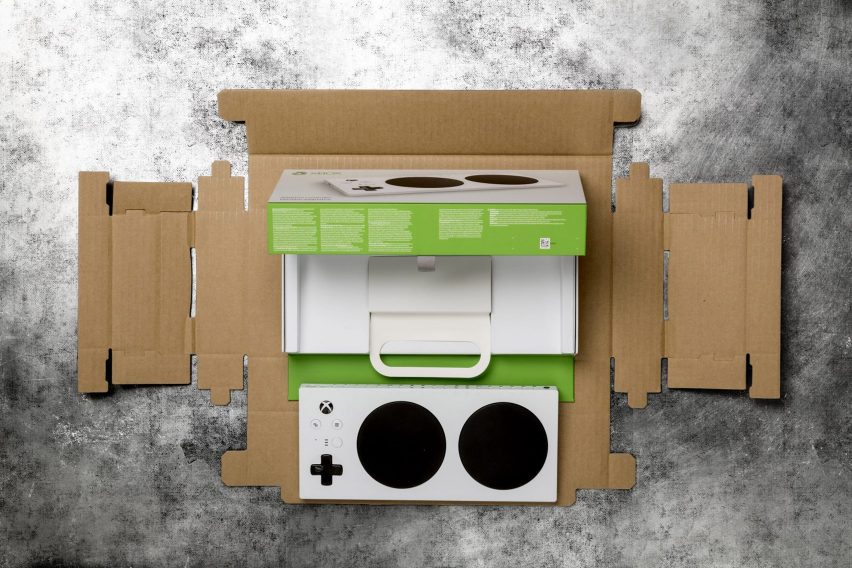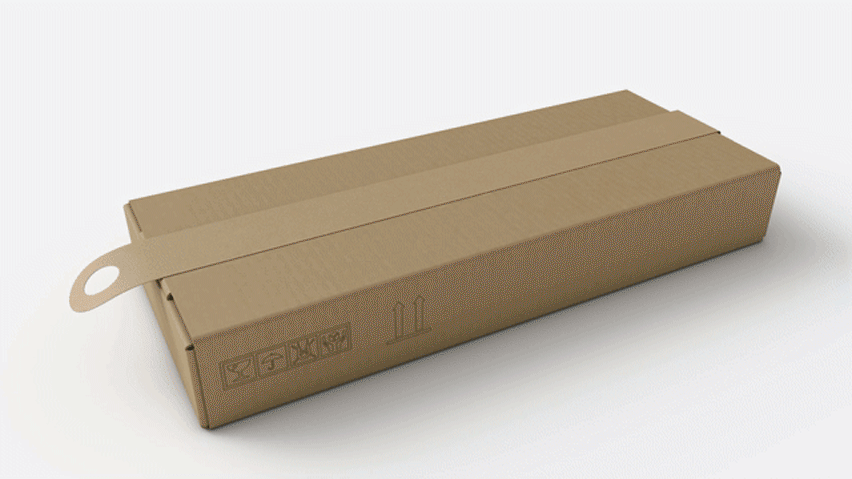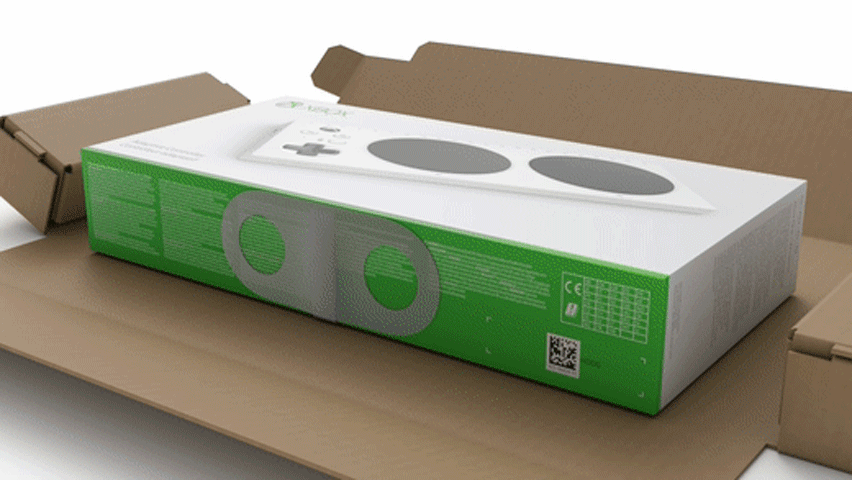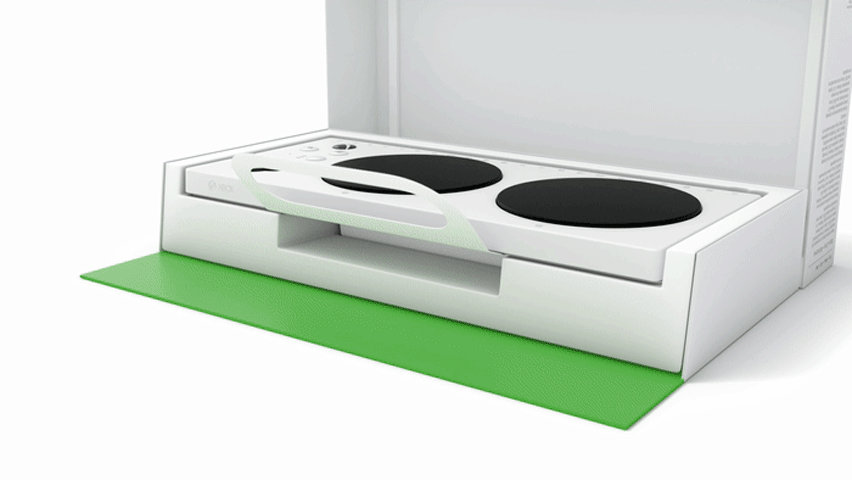Microsoft redesigns Xbox packaging to better suit gamers with disabilities
Microsoft has rethought the packaging design for its Xbox Adaptive Controller, in a bid to make it easier to open for gamers with limited mobility.
The tech giant released its Xbox Adaptive Controller – a video game controller for people with a disability – earlier this year in May.
Following feedback from players with disabilities, the firm has taken the product a step further by considering how it can improve the experience of unpacking the controller for those with limited mobility.

First and foremost, the team decided on a "no teeth principle" in response to the common behaviour practiced by people with limited mobility when opening packages – customers often resort to using their teeth to tear difficult packages open.
Microsoft has also done away with anything on the box that could cause cuts, including twist ties and zip-cords.
Instead the company added loops and hinges to allow users to easily remove the controller in multiple ways. These changes also apply to the shipping box.

"The packaging had to enable gamers with limited dexterity, who might be using just one hand or arm, to easily open the box and remove the controller, and it had to be as high-quality and aesthetically appealing as any other Xbox box," said Microsoft.
While ordinary packaging is typically sealed with tape that would need to be sliced open with a sharp object, Microsoft's new version features a cardboard loop on the outside of the specially designed box. When you pull the ring, the shipping box pops open.
Cardboard air cells have been included at each end of the box to protect the product, and to avoid the need for bubble wrap and plastic, meaning the packaging can be easily recycled.

A double-ended sticky panel covers a ribbon fastening that can be grabbed from either the left or the right, depending on the user's needs. After the seal has peeled easily away, users can then loop a finger into the flexible ribbon fastening and lift it up.
"You don’t need a large amount of movement to open it, which is key for people with limited mobility," said the creators.
The interior box also features a hinged opening rather than a lid that could require two hands to remove.
Another loop is attached to one side of the quick-start guide that sits underneath the controller – users who aren't able to reach into the space under the controller to slide it out can use the loop to remove it.
The controller has a grippy underside to hold it in place for gamers who wish to play on wheelchair trays or tables. The guide also serves to prevent the grippy underside from sticking to the packaging.
An extra loop on the paper surrounding the controller cables makes them easy to remove – the cables are not held together by tape or plastic, and the sides of this packaging are open so you can also choose to shake the cables out.

The Xbox Adaptive Controller, which will go on sale in the UK in September this year, can be used out of the box or customised with third-party add-ons.
In contrast to the small and densely packed Xbox standard controller, it has two large buttons and a smaller D-pad built into a flat tray, and can also be customised and reconfigured with extra switches, buttons, mounts and joysticks.
This is not the first time the tech company has focused its design on users with disabilities. It previously teamed up with research group Future Cities Catapult to create a headset that helps blind people navigate around urban areas using a "3D soundscape".